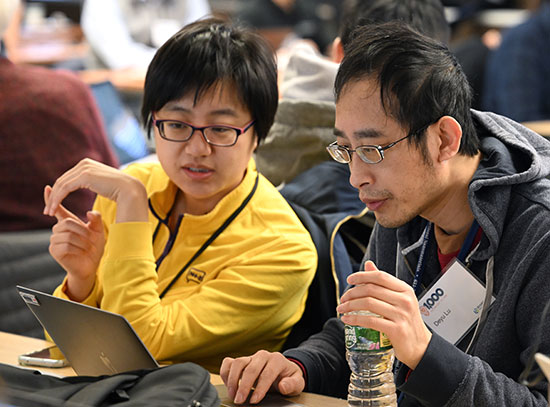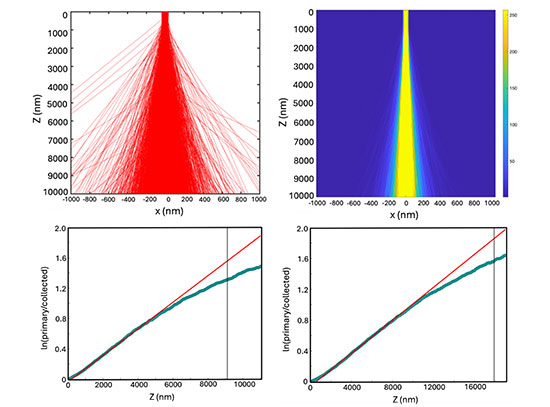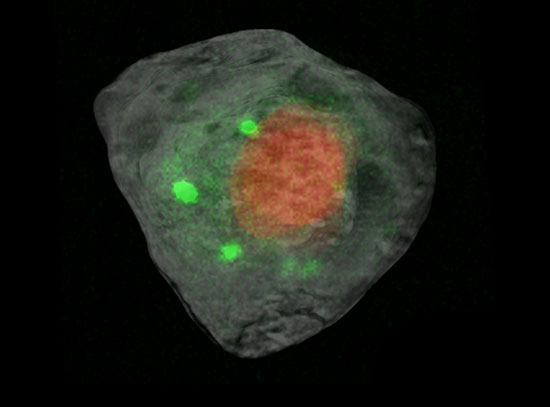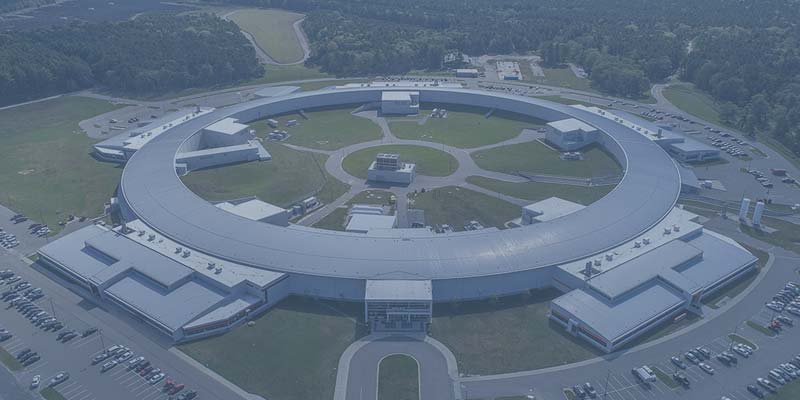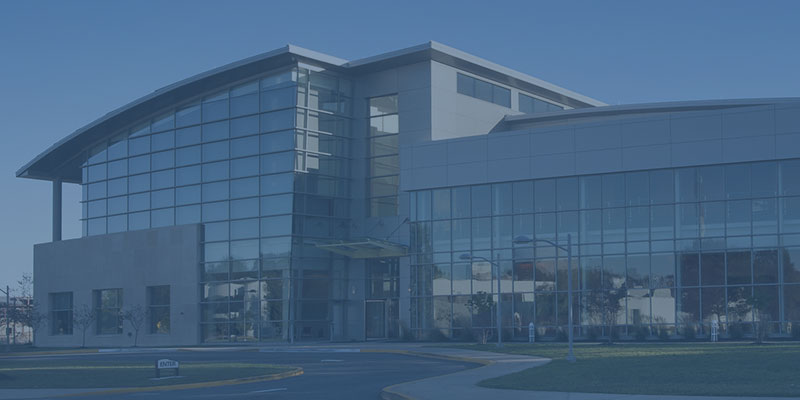- Home
-
Facilities
-
For Users
-
Research
- Advisory & Review Cmtes
- For Industry
- News
- Wiki

About the Laboratory for BioMolecular Structure
The Laboratory for BioMolecular Structure (LBMS) is a state-of-the-art center for life science imaging located at Brookhaven National Laboratory. The center offers access to advanced cryo-electron microscopes and supporting laboratory equipment for studies on the building blocks of all living organisms and their behavior. LBMS aims to foster faster developments in biotechnology and medicine to meet the Nation’s needs in biofuels and healthcare. LBMS fulfills its mission by offering expertise and access to advanced cryo-electron microscopic capabilities to the greater research community.
Access
Access to the facility is free of charge and granted through a peer-reviewed proposal process. See the LBMS User Guide for details.
Proposals
The Laboratory for BioMolecular Structure has two calls for proposals each year. The deadlines are March 15 and September 15.
Scheduling
Once your instrument time has been allocated, please email us at the following address to schedule.
The next deadline for LBMS proposals and time requests is September 15, 2025. Proposal Instructions
Training
Access to the Laboratory for BioMolecular Structure includes opportunities for training and coaching by experts. You can find a detailed list and description of training opportunities on the training website.
Other Resources for Reseachers
Visit the Department of Energy Biological and Environmental Research program's Structural Biology and Imaging Resources at Synchrotron Light and Neutron Facilities website for more information on how to access a portfolio of research technologies, methodologies, and instruments.
News from LBMS

LBMS operations are funded by the U.S. Department of Energy’s Biological and Environmental Research program (KP1607011).




